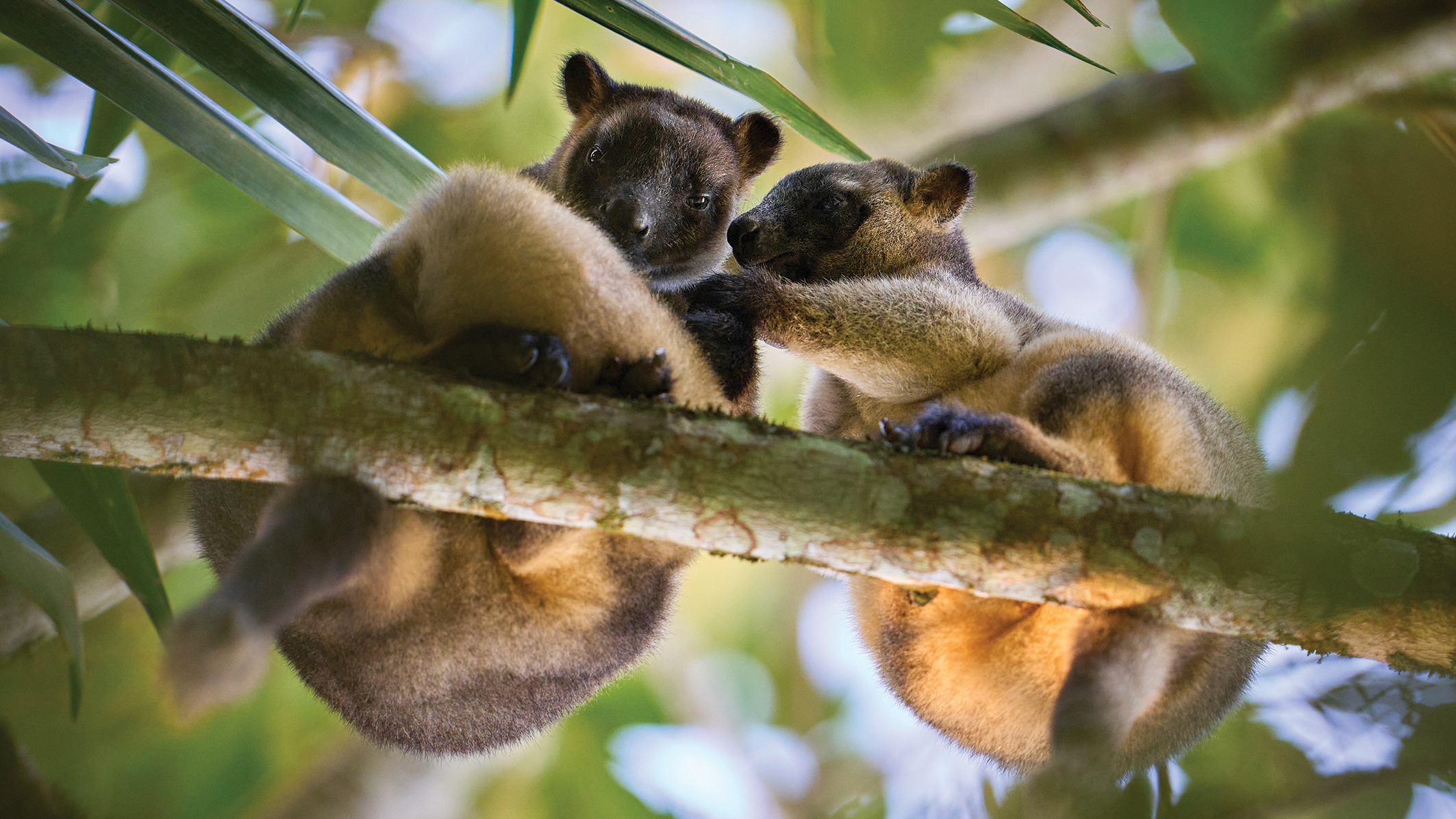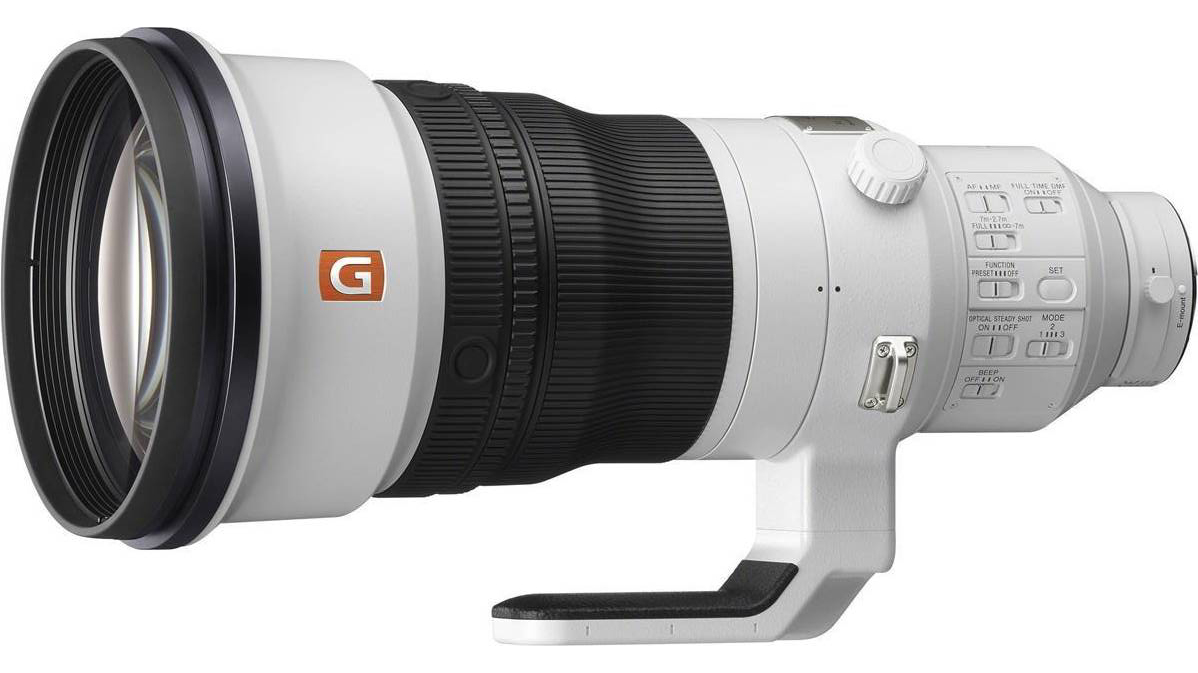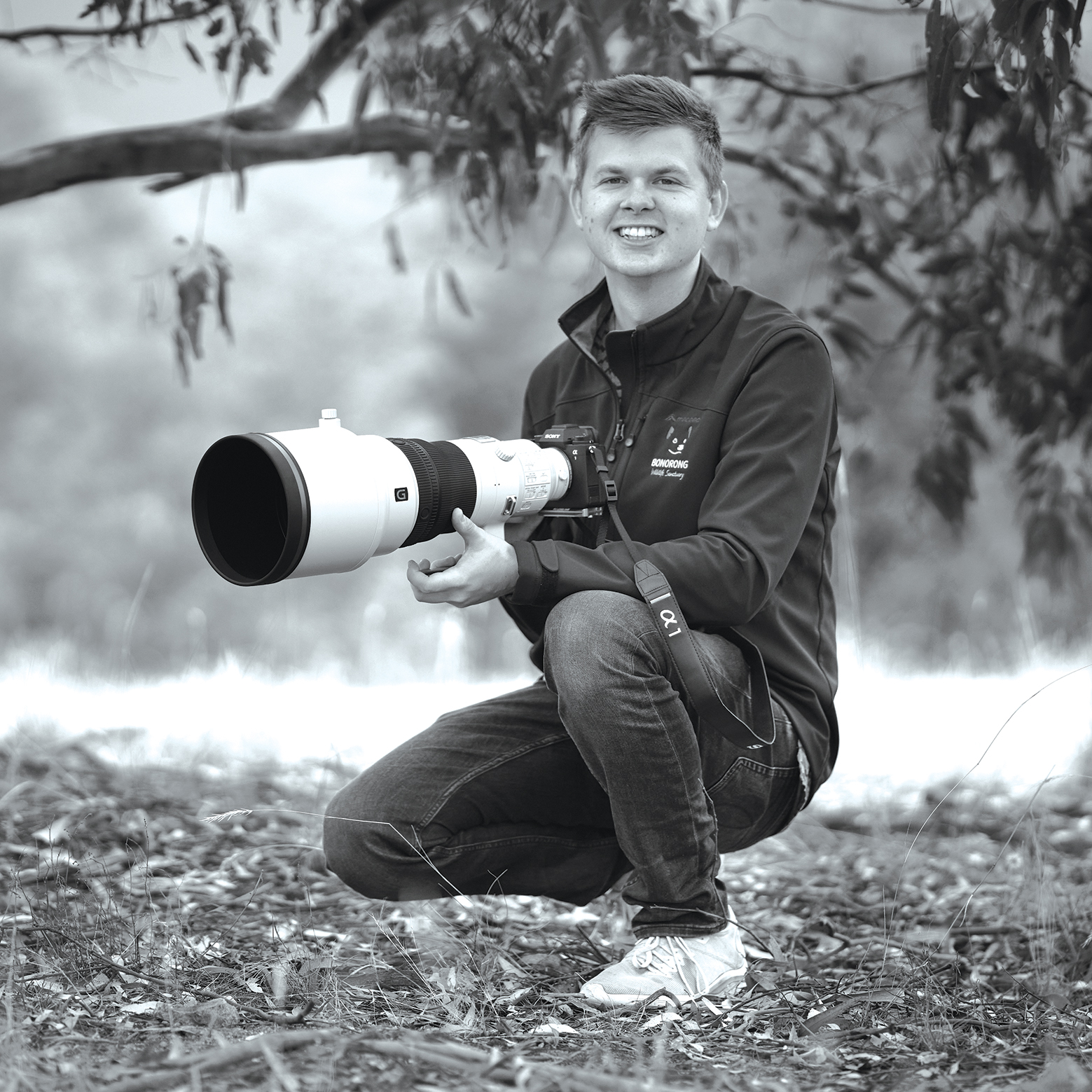"My favorite telephoto lens is the Sony 400mm GM – a phenomenal piece of glass," says pro wildlife photographer
This $12,000 prime is a pricey one, but Michael Eastwell is a fan, closely followed by Sony's much more affordable 70-200mm telephoto

"Telephoto lenses are an essential tool for me. Not only do they allow for taking images of creatures unreachable with wider-angle lenses, but they also compress the frame. This perspective can yield more 'focused', intimate shots of the subject," explains Michael Eastwell.
Michael is an internationally published nature and wildlife photographer, creating striking and informative conservation imagery to inspire positive change around the world.
And yes – as a professional wildlife photographer, having a lens with serious reach isn't just helpful, it's crucial. Many animals are shy, and some can be seriously dangerous if you get too close. A longer telephoto lens helps to stay safe and respectful while still capturing mesmerizing close-up shots.
But super telephotos with serious reach – like a 400mm – don't come cheap. That includes Michael's current favorite: the Sony 400mm f/2.8 GM OSS. It's a high-end prime lens and, while it's not the most versatile tool in his bag, Michael is a big fan. And so am I.
The only downside is the price tag – $12,699.99 / £10,490 / AU$19,399 – which puts it out of reach for many photographers.
That said, Michael is also a fan of a far more affordable Sony telephoto lens, the Sony FE 70-200mm f/2.8 GM OSS, priced at $2,999.99 / £1,939 / AU$2,999.
So let's dive in and take a look at both, and see why he reaches for each one when out capturing the incredible wildlife of our world.
The best camera deals, reviews, product advice, and unmissable photography news, direct to your inbox!
The optic(s)
"The beauty of a telephoto lens is that it allows for simplification of the image; sometimes, going too wide can lead to a 'busy' photo. If you aren't careful, the target subject can be lost in the scene, or the results can be underwhelming.
"Shooting at a focal length such as 400mm enables me to significantly isolate my subject from the rest of the frame, even with mid-apertures.
"I love to shoot primes, but you can't beat telephoto zoom lenses for their ease of experimenting with different focal lengths and on-the-fly photography, especially wildlife. There is nothing worse than missing a crucial moment because you were too close or too far away.
"My favorite telephoto lens right now would have to be the Sony 400mm f/2.8. It's a phenomenal piece of glass and, when paired with the Sony Alpha 1 body, its combined performance is truly remarkable.
"Having those extra couple of stops of light really helps in darker environments, enabling you to shoot early in the morning or late in the day with lower ISOs. A close second would be the latest Sony 70-200mm f/2.8, with the Sony 1.4X teleconverter for when you want a little extra reach."
Discover more of Michael's work on his website or Instagram account.
You might like...
If you're a Sony shooter, take a look at the best Sony telephoto lenses. And if you're lucky enough to use an A1 like Michael, check out the best lenses for the Sony A1 and A1 II.

Kim is a photographer, editor and writer with work published internationally. She holds a Master's degree in Photography and Media and was formerly Technique Editor at Digital Photographer, focusing on the art and science of photography. Blending technical expertise with visual insight, Kim explores photography's time-honored yet ever-evolving role in culture. Through her features, tutorials, and gear reviews, she aims to encourage readers to explore the medium more deeply and embrace its full creative potential.
You must confirm your public display name before commenting
Please logout and then login again, you will then be prompted to enter your display name.


